Our Native Fruits
Did you know that there are edible fruit species that are native to Singapore?
Let’s look at a few unusual native edible fruit species that you may find while grocery shopping or spot while exploring our green spaces.
However, please do not cut, collect or remove anything from our green spaces – let our beautiful flora and fauna thrive in their natural habitats (Learn more about some simple do’s and don’ts here before visiting our green spaces). Also, be careful to only consume fruits that have been correctly identified; if in doubt, do not eat and please consult a professional first.
Machang
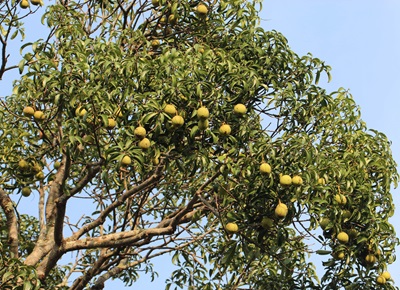
The Machang Heritage Tree at MacRitchie Reservoir Park in fruit (Photo credit: Ng Xin Yi)
The Machang (Mangifera foetida), or Horse Mango, is a species that is rarely available locally. It produces a fruit that has a distinct pungent smell with notes of turpentine when fully ripe, and the specific epithet ‘foetida’ refers to this. This fibrous mango ripens to yellowish-green with orange-yellow flesh surrounding a single hard seed. The fruit is cooked in curries or pickled. It can also be made as an accompanying dip for salads, or eaten raw.
This species can be found in the forests of Singapore, with two individuals registered as Heritage Trees: one in MacRitchie Reservoir Park and another at Fort Canning Rise. The town of Machang, Kelantan in Malaysia is named after this tree.
Kasai
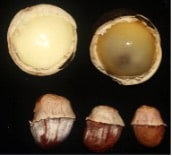
Open fruits of the Kasai (Photo credit: Ng Xin Yi)
The Kasai (Pometia pinnata), or Island Lychee, is in the same family as the Rambutan and Longan, and bears seasonal fruit that is sometimes sold in markets and at fruit stalls. As it is native to Southeast Asia through to the Pacific Islands, this tree has many common names such as Pacific Lychee, Fijian Longan and even Brazilian Longan.
The fruit of the Kasai has a much harder skin that requires some effort to peel, but once open, a translucent jelly-like flesh similar to that of th Longan fruit is revealed, although the flesh is larger and chewier. In the wild, the Kasai is widely distributed across the nature reserves. This fast-growing tree is now commonly planted in our streetscapes, as it produces bright red leaves that slowly turn green as they mature, providing a splash of colour periodically.
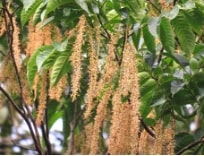
Flowers of the Kasai (Photo credit: Reuben Lim)
Asam Gelugor
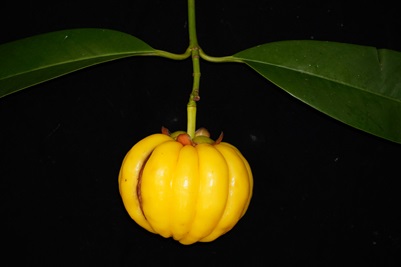
The ripe Gelugor fruit (Photo credit: Reuben Lim)
The Asam Gelugor (Garcinia atroviridis) is a native relative of the Mangosteen (Garcinia mangostana) and can be found growing from India to Singapore. Its sourish fruit is used fresh or dried in curries or soups. It is also an important ingredient in Penang’s iconic noodle dish asam laksa.
Each fruit is borne on the end of a long branch and looks like a miniature pumpkin when ripe. The young leaves of this tree are also eaten in parts of Thailand. In Singapore, this tree has been recorded on Pulau Ubin and in the Singapore Botanic Gardens.
Noni
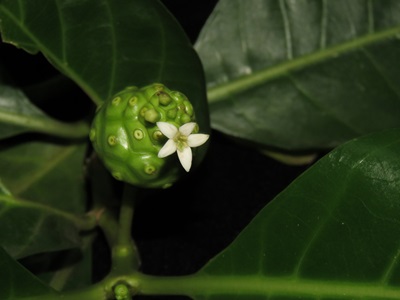
The developing Noni fruit with a flower (Photo credit: Reuben Lim)
A member of the coffee family, the Noni (Morinda citrifolia) is a free flowering and fruiting small tree or shrub. Mostly found in the wild on the outlying islands off Singapore now, this tree was cultivated in the past in villages on mainland Singapore, likely for use in traditional medicine, as its leaves and fruits have medicinal properties.
The egg-shaped fruit of the Noni ripens to become soft and greyish-white with a smell described as ‘strong vomit’ or ‘rotten cheese’. Each fruit contains many hard, brown seeds.
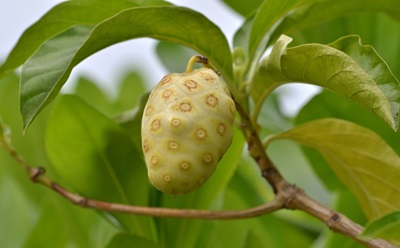
The ripe Noni fruit (Photo credit: Ng Xin Yi)
Wild Rambai
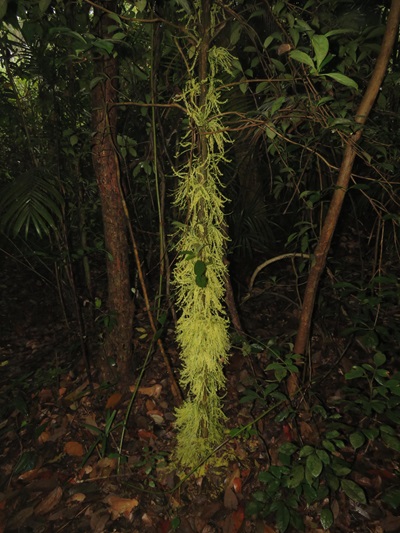
A male Wild Rambai in flower (Photo credit: Reuben Lim)
The Wild Rambai (Baccaurea parviflora) is a medium-sized understorey rainforest tree that is usually only noticed when its trunk is fully covered in striking sprays of yellowish-green flowers up to several metres high. These are put out by the male trees, whilst the female trees only have their inflorescences at around the tree base.
The female flowers, which develop into fruits once pollinated, form small, deep red fruits when ripe and are covered in a thin layer of juicy flesh that is sweet with a slight sour taste. Each fruit contains a single light brown seed. The fruits are attractive to many ground-dwelling animals such as rodents, who act as the main seed dispersers. Remember to look out for them the next time you are visiting the nature reserves or nature parks!
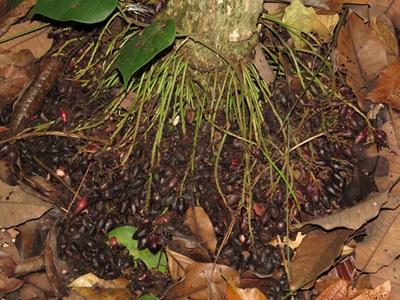
A female Wild Rambai tree with ripe fruits (Photo credit: Reuben Lim)
Interested to learn more about our native species? Check out our earlier articles on Eat Your (Native) Greens and Eat Native Herbs and Spices.
Gardening with Edibles
The City in Nature vision seeks to bring greenery closer to all residents. The community plays a key role in the ownership and stewardship for nature which will benefit our health and well-being.
NParks is partnering residents to make Singapore our City in Nature and spark a love for community gardening through the Gardening with Edibles initiative under the Edibles Horticulture Masterplan. Under the Gardening with Edibles programme, some 860,000 free seed packets have been distributed to interested members of the public since its launch in June 2020. The programme was established by founding partners DBS Bank and Tote Board through the Garden City Fund, a registered charity established by NParks. The most recent round of seed distribution, which took place in December 2021, was made possible by the programme’s partner Singapore Post Limited, also through the Garden City Fund. Relevant resources are available online, to guide gardeners along the way.
The Gardening with Edibles initiative is aligned with Singapore’s national strategy to strengthen our food resilience. The “30 by 30” goal, led by the Singapore Food Agency, aims to produce 30% of Singapore’s nutritional needs locally by the year 2030.
Also, NParks is expanding the allotment gardening scheme and the Community in Bloom programme, to welcome even more residents into the gardening family.
Learning More
If you are a gardening newbie, visit NParksSG, our YouTube channel that serves as a one-stop repository for more than 500 video resources. It covers topics ranging from types of soil needed for your garden and how to plant, harvest and even cook your edibles.
For more information about the flora and fauna found in Singapore, please visit NParks Flora and Fauna Web.
If you like what you read, follow us on Facebook, Instagram and Telegram to get the latest updates.
Text by Reuben Lim
About the writer
Reuben Lim is a Native Plant Centre Senior Manager with the Horticulture and Community Gardening Division. He regularly goes into the field to observe the growth, reproduction and interactions of plants with the environment. A typical day at the Native Plant Centre nursery involves trialling various methods of propagation and ensuring the healthy growth of some of the rare and threatened plant species in Singapore. These plants are eventually re-introduced into suitable sites in nature reserves, parks and streetscapes for the conservation of native plant species and to enhance the diversity of our forest and urban habitats.
Let’s look at a few unusual native edible fruit species that you may find while grocery shopping or spot while exploring our green spaces.
However, please do not cut, collect or remove anything from our green spaces – let our beautiful flora and fauna thrive in their natural habitats (Learn more about some simple do’s and don’ts here before visiting our green spaces). Also, be careful to only consume fruits that have been correctly identified; if in doubt, do not eat and please consult a professional first.
Machang

The Machang Heritage Tree at MacRitchie Reservoir Park in fruit (Photo credit: Ng Xin Yi)
The Machang (Mangifera foetida), or Horse Mango, is a species that is rarely available locally. It produces a fruit that has a distinct pungent smell with notes of turpentine when fully ripe, and the specific epithet ‘foetida’ refers to this. This fibrous mango ripens to yellowish-green with orange-yellow flesh surrounding a single hard seed. The fruit is cooked in curries or pickled. It can also be made as an accompanying dip for salads, or eaten raw.
This species can be found in the forests of Singapore, with two individuals registered as Heritage Trees: one in MacRitchie Reservoir Park and another at Fort Canning Rise. The town of Machang, Kelantan in Malaysia is named after this tree.
Kasai

Open fruits of the Kasai (Photo credit: Ng Xin Yi)
The Kasai (Pometia pinnata), or Island Lychee, is in the same family as the Rambutan and Longan, and bears seasonal fruit that is sometimes sold in markets and at fruit stalls. As it is native to Southeast Asia through to the Pacific Islands, this tree has many common names such as Pacific Lychee, Fijian Longan and even Brazilian Longan.
The fruit of the Kasai has a much harder skin that requires some effort to peel, but once open, a translucent jelly-like flesh similar to that of th Longan fruit is revealed, although the flesh is larger and chewier. In the wild, the Kasai is widely distributed across the nature reserves. This fast-growing tree is now commonly planted in our streetscapes, as it produces bright red leaves that slowly turn green as they mature, providing a splash of colour periodically.

Flowers of the Kasai (Photo credit: Reuben Lim)
Asam Gelugor

The ripe Gelugor fruit (Photo credit: Reuben Lim)
The Asam Gelugor (Garcinia atroviridis) is a native relative of the Mangosteen (Garcinia mangostana) and can be found growing from India to Singapore. Its sourish fruit is used fresh or dried in curries or soups. It is also an important ingredient in Penang’s iconic noodle dish asam laksa.
Each fruit is borne on the end of a long branch and looks like a miniature pumpkin when ripe. The young leaves of this tree are also eaten in parts of Thailand. In Singapore, this tree has been recorded on Pulau Ubin and in the Singapore Botanic Gardens.
Noni

The developing Noni fruit with a flower (Photo credit: Reuben Lim)
A member of the coffee family, the Noni (Morinda citrifolia) is a free flowering and fruiting small tree or shrub. Mostly found in the wild on the outlying islands off Singapore now, this tree was cultivated in the past in villages on mainland Singapore, likely for use in traditional medicine, as its leaves and fruits have medicinal properties.
The egg-shaped fruit of the Noni ripens to become soft and greyish-white with a smell described as ‘strong vomit’ or ‘rotten cheese’. Each fruit contains many hard, brown seeds.

The ripe Noni fruit (Photo credit: Ng Xin Yi)
Wild Rambai

A male Wild Rambai in flower (Photo credit: Reuben Lim)
The Wild Rambai (Baccaurea parviflora) is a medium-sized understorey rainforest tree that is usually only noticed when its trunk is fully covered in striking sprays of yellowish-green flowers up to several metres high. These are put out by the male trees, whilst the female trees only have their inflorescences at around the tree base.
The female flowers, which develop into fruits once pollinated, form small, deep red fruits when ripe and are covered in a thin layer of juicy flesh that is sweet with a slight sour taste. Each fruit contains a single light brown seed. The fruits are attractive to many ground-dwelling animals such as rodents, who act as the main seed dispersers. Remember to look out for them the next time you are visiting the nature reserves or nature parks!

A female Wild Rambai tree with ripe fruits (Photo credit: Reuben Lim)
Interested to learn more about our native species? Check out our earlier articles on Eat Your (Native) Greens and Eat Native Herbs and Spices.
Gardening with Edibles
The City in Nature vision seeks to bring greenery closer to all residents. The community plays a key role in the ownership and stewardship for nature which will benefit our health and well-being.
NParks is partnering residents to make Singapore our City in Nature and spark a love for community gardening through the Gardening with Edibles initiative under the Edibles Horticulture Masterplan. Under the Gardening with Edibles programme, some 860,000 free seed packets have been distributed to interested members of the public since its launch in June 2020. The programme was established by founding partners DBS Bank and Tote Board through the Garden City Fund, a registered charity established by NParks. The most recent round of seed distribution, which took place in December 2021, was made possible by the programme’s partner Singapore Post Limited, also through the Garden City Fund. Relevant resources are available online, to guide gardeners along the way.
The Gardening with Edibles initiative is aligned with Singapore’s national strategy to strengthen our food resilience. The “30 by 30” goal, led by the Singapore Food Agency, aims to produce 30% of Singapore’s nutritional needs locally by the year 2030.
Also, NParks is expanding the allotment gardening scheme and the Community in Bloom programme, to welcome even more residents into the gardening family.
Learning More
If you are a gardening newbie, visit NParksSG, our YouTube channel that serves as a one-stop repository for more than 500 video resources. It covers topics ranging from types of soil needed for your garden and how to plant, harvest and even cook your edibles.
For more information about the flora and fauna found in Singapore, please visit NParks Flora and Fauna Web.
If you like what you read, follow us on Facebook, Instagram and Telegram to get the latest updates.
Text by Reuben Lim
About the writer
Reuben Lim is a Native Plant Centre Senior Manager with the Horticulture and Community Gardening Division. He regularly goes into the field to observe the growth, reproduction and interactions of plants with the environment. A typical day at the Native Plant Centre nursery involves trialling various methods of propagation and ensuring the healthy growth of some of the rare and threatened plant species in Singapore. These plants are eventually re-introduced into suitable sites in nature reserves, parks and streetscapes for the conservation of native plant species and to enhance the diversity of our forest and urban habitats.


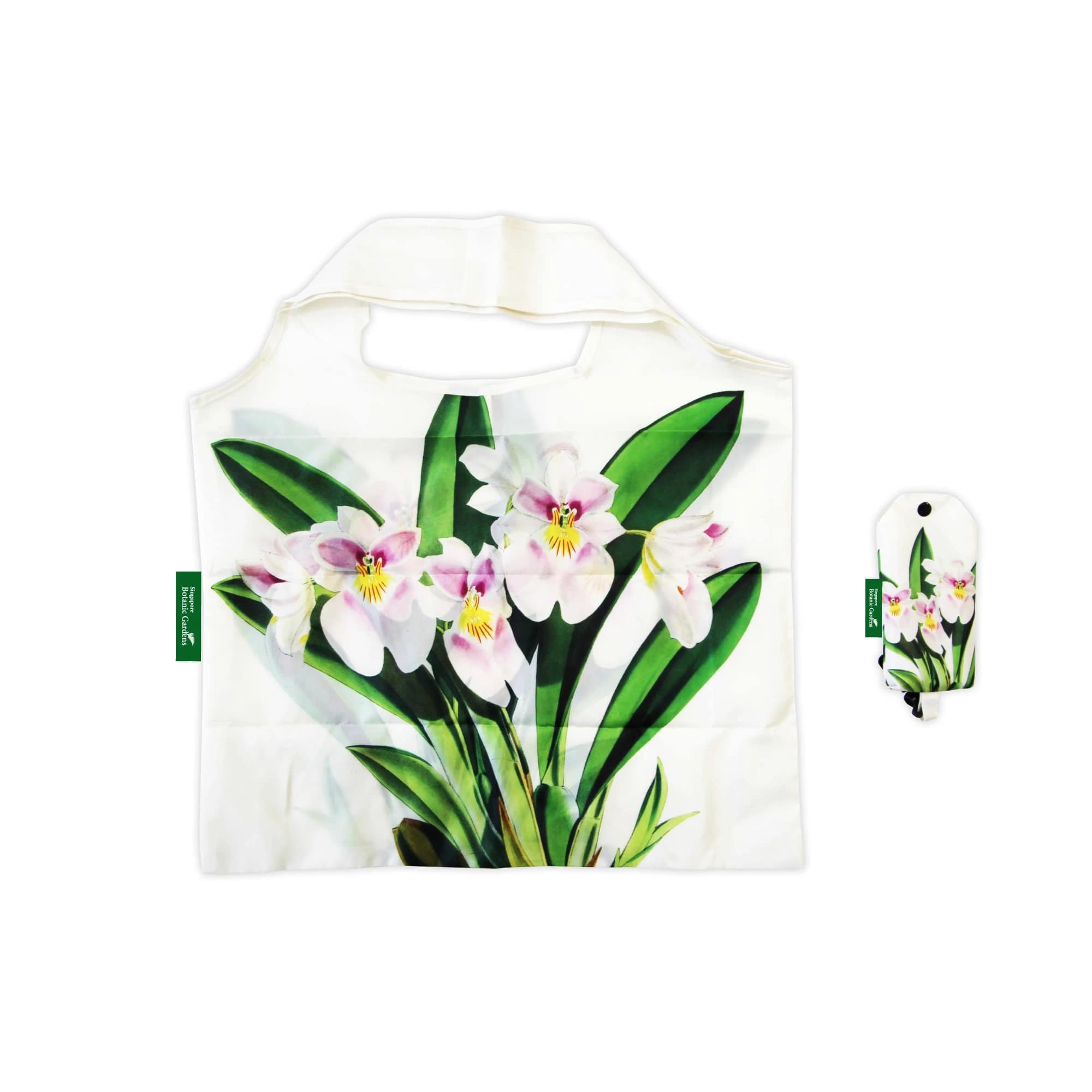
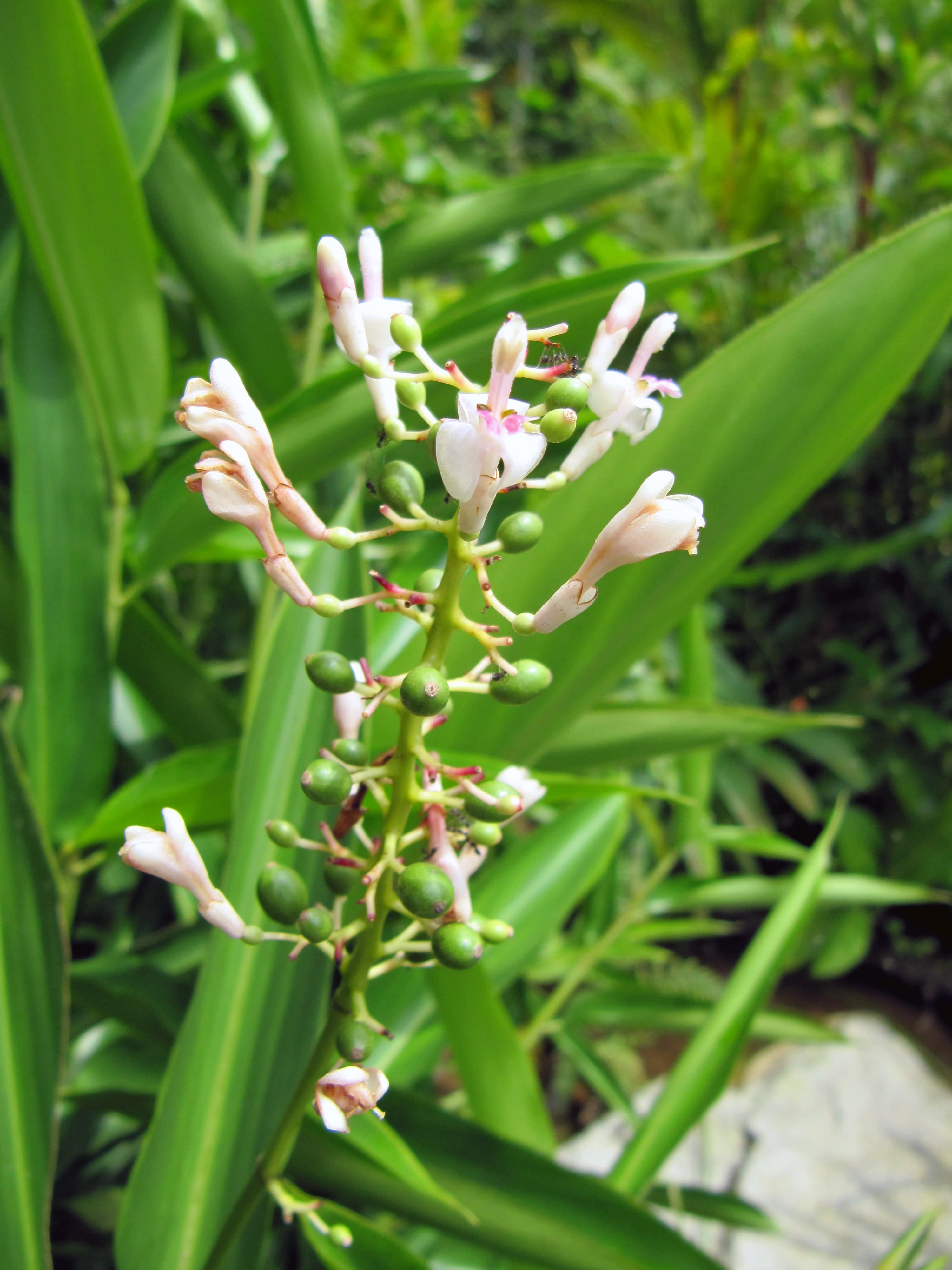
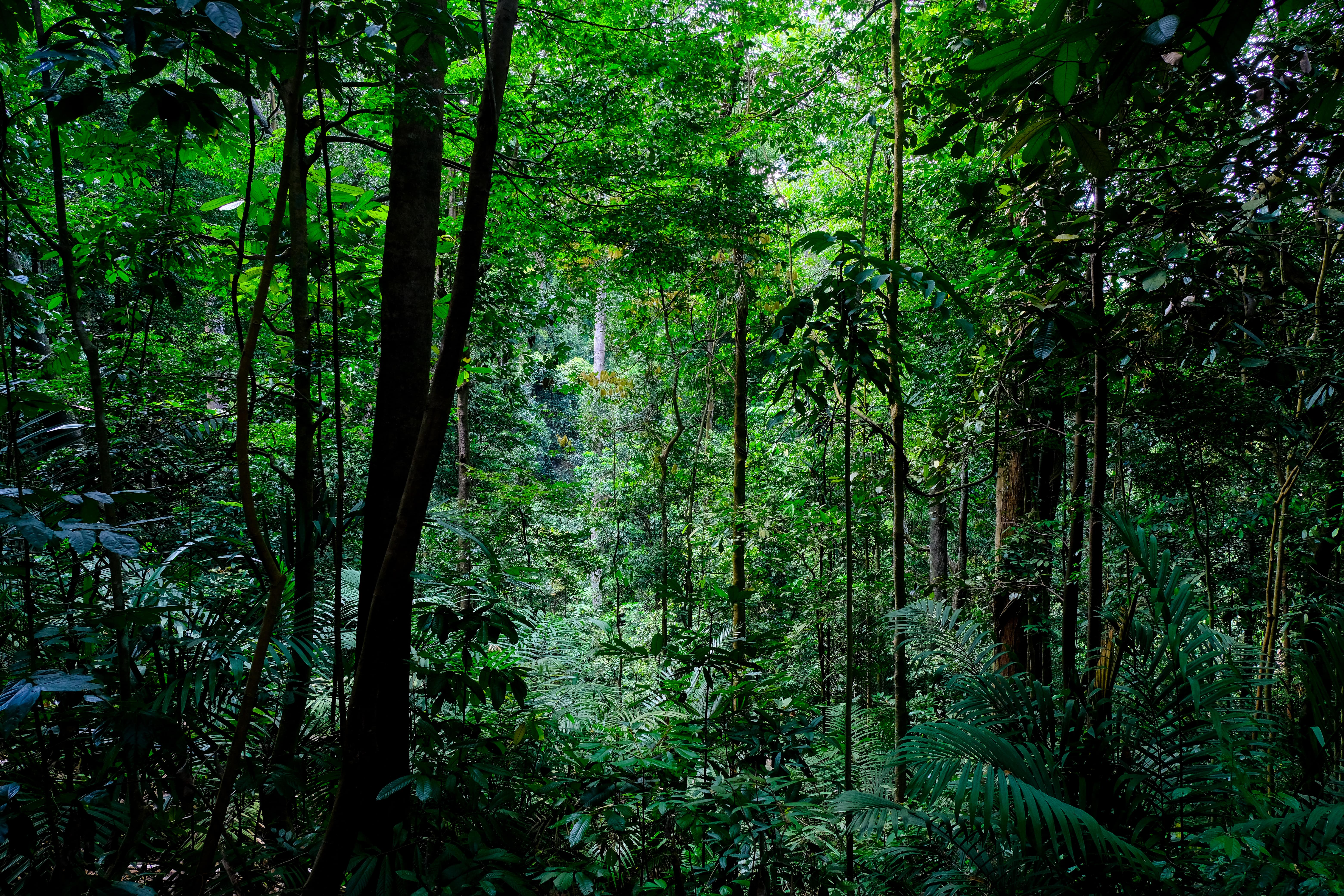
Have views or comments on this article? Let us know via this form. If you would like to give us feedback on any other areas relating to our parks and gardens, please submit via https://www.nparks.gov.sg/feedback